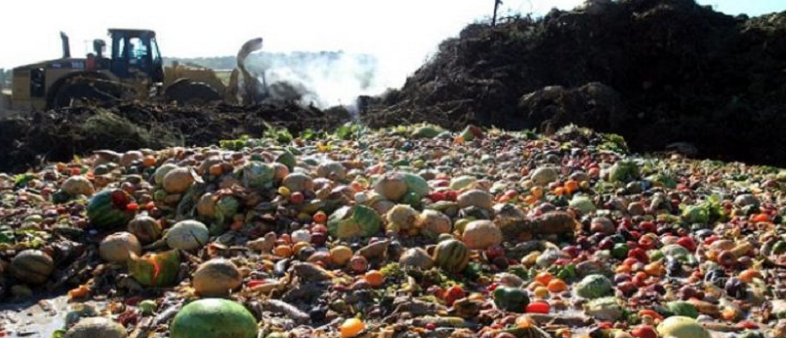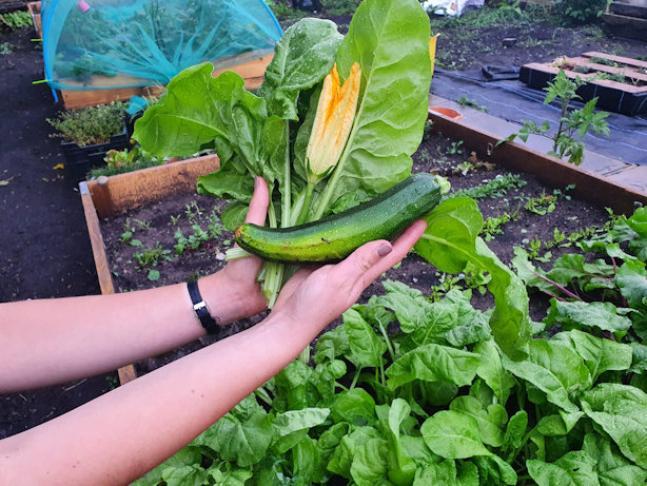What Does a Circular Economy Mean For The Food and Drink Industry Biology Diagrams Food waste is a trillion-dollar global problem with substantial consequences for environment, society, and economy, which are known as the 'triple bottom line' of sustainable development (Bhattacharya et al., 2022; FAO, 2014).Every year, 14 % of harvested world's food is lost before reaching the supermarket shelves (FAO, 2019) and another 17 % is wasted in retail and consumer sectors (UNEP Inadequate food handling throughout the food supply chain can result in food loss and waste, leading to significant environmental, economic and social impacts. Identifying the causes of food loss and waste across the food supply chain, including the role of packaging, is critical for developing reduction and prevention strategies. This review examines 54 scientific studies to identify This review aims to synthesize previous literature with a focus on food loss or waste measurement, generation, causes, and impacts, including sustainable solutions. It has been estimated that the volume of food lost or wasted in five different food classes varies from production to consumption and differs greatly between low- and high-income countries. This study suggested certain mitigations

The issue of food waste is a huge global concern that has wide-ranging ramifications in terms of economics, the environment, and the society. In recent years, the issue of food waste has attracted growing attention due to the rapid urbanization observed in several Asian regions (Wang et. al., 2017; Shafy & Mansour, 2018; Wang YS, 2019).The rise of household food waste in urban settings

Understanding food surplus: Challenges and strategies for reducing food ... Biology Diagrams
Urban food systems also rely on, and are connected to, the surrounding regions and ecosystems. Additionally, avoiding household and supply chain waste could reduce emissions by 10% and 5% respectively (C40). By working with all stakeholders in an urban food system - farmers, delivery services, restaurants, canteen cooks, businesses and Urban agriculture has an important role in waste management (organic and nonorganic waste). 28: Urban agriculture practices reduce the need for chemical fertilizers and pesticides. 29: Urban agriculture affects people's social understanding and local leadership. 30: Urban agriculture improves social cohesion in the city. 31

Food waste is a critical factor in the urban ecosystem and represents an essential part of the bio-waste stream. Packaging-free shops are a direct option to reduce waste in the food chain. the better we will know the problem and how to tackle its change. This objective should equally affect different administrative scales (national While food redistribution via food banks is crucial for addressing food insecurity, it encounters technical and operational obstacles that limit high levels of food recovery. Therefore, preventive strategies should be implemented to curb overproduction, which appears to be the root cause of surplus formation and waste.
